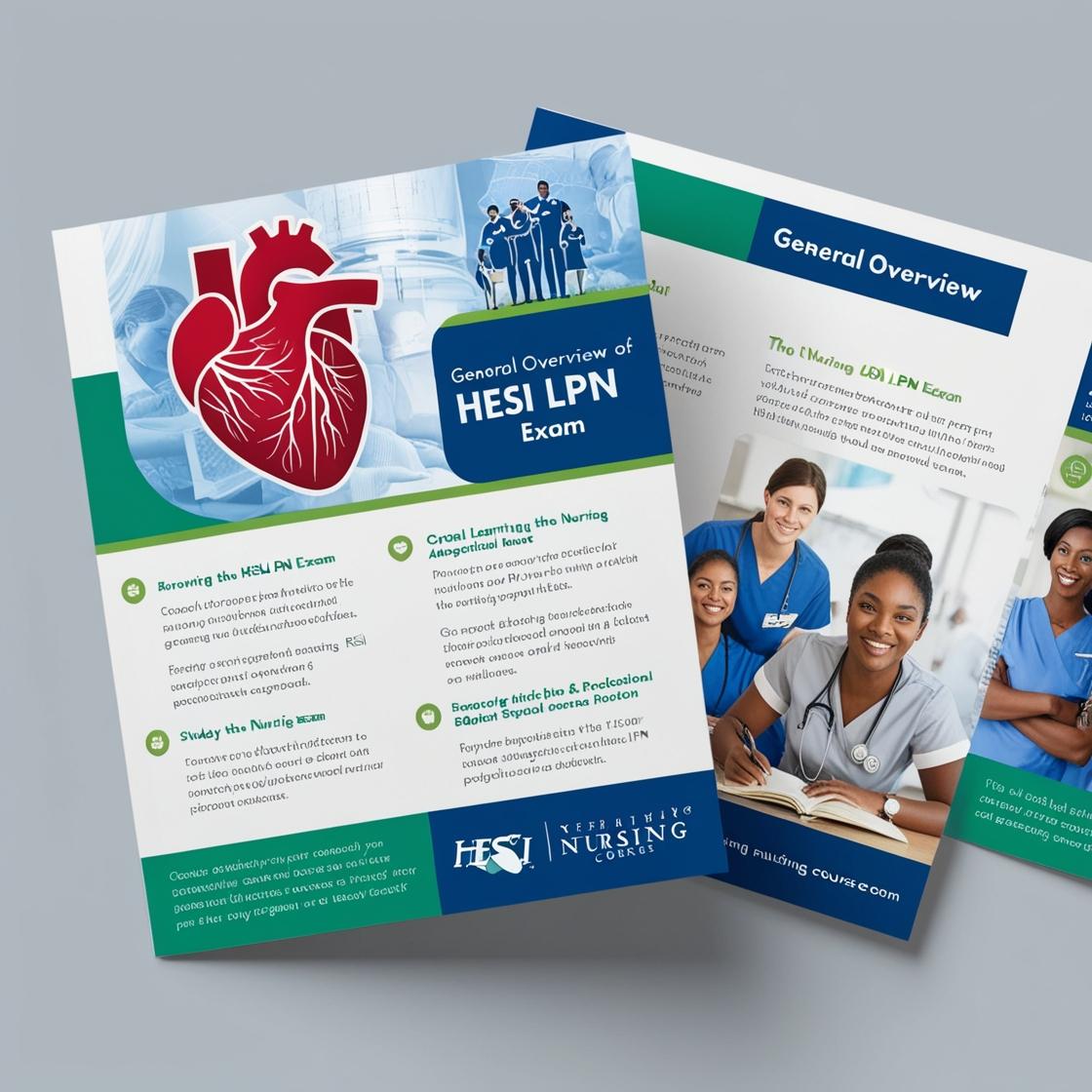HESI LPN
HESI Mental Health Practice Questions
1. The LPN/LVN is caring for a client who has been prescribed a monoamine oxidase inhibitor (MAOI) for depression. Which statement by the client indicates a need for further teaching?
- A. I need to avoid foods that are high in tyramine, like aged cheese and cured meats.
- B. I should take this medication with food to avoid nausea.
- C. I can drink alcohol in moderation while taking this medication.
- D. I can stop taking this medication once I feel better.
Correct answer: C
Rationale: The statement 'I can drink alcohol in moderation while taking this medication' indicates a need for further teaching because alcohol consumption can have dangerous interactions with MAOIs. MAOIs can interact with alcohol to cause a hypertensive crisis, which can be life-threatening. Choices A and B are correct statements as avoiding tyramine-rich foods and taking the medication with food can help prevent adverse effects. Choice D is incorrect because abruptly stopping an antidepressant medication like an MAOI can lead to withdrawal symptoms and a relapse of depression.
2. A client with depression is prescribed an SSRI. The client asks, 'Why do I need to take this medication every day?' What is the best response by the nurse?
- A. This medication will help balance the chemicals in your brain.
- B. This medication needs to be taken regularly to be effective.
- C. This medication will start working immediately to improve your mood.
- D. You should take this medication only when you feel sad or depressed.
Correct answer: D
Rationale: Explaining that the medication may take several weeks to take full effect helps manage the client's expectations and encourages adherence to the prescribed treatment.
3. A female client refuses to take an oral hypoglycemic agent because she believes that the drug is being administered as part of an elaborate plan by the Mafia to harm her. Which nursing intervention is most important to include in this client's plan of care?
- A. Reassure the client that no one will harm her while she is in the hospital.
- B. Ask the healthcare provider to give the client the medication.
- C. Explain the importance of taking the diabetic medication.
- D. Reassess the client's mental status for thought processes and content.
Correct answer: D
Rationale: Reassessing the client's mental status is the most important intervention as it is crucial to address the client's delusional thinking. By assessing the client's thought processes and content, the nurse can gain insight into the client's beliefs and tailor interventions accordingly. Reassuring the client that no harm will come to her, asking the healthcare provider to give the medication, or simply explaining the importance of taking the medication may not effectively address the underlying issue of delusional beliefs.
4. A teenaged client, a heroin addict, is admitted to the unit for detoxification. What intervention is most important for the nurse to initiate during the first 24 hours after admission?
- A. Assign the client to a teen support group.
- B. Assess intake and output.
- C. Monitor for wheezing and apnea.
- D. Limit visitors to family members only.
Correct answer: B
Rationale: Assessing intake and output is crucial during the first 24 hours after admission for detoxification. This helps the nurse monitor the client's hydration status and kidney function as the body goes through withdrawal from heroin. Option A is incorrect because joining a support group is beneficial but may not be the priority in the initial phase of detoxification. Option C, monitoring for wheezing and apnea, is important but not the most critical intervention during the first 24 hours. Option D, limiting visitors to family members only, is not directly related to the immediate needs of assessing intake and output.
5. A female client on a psychiatric unit is sweating profusely while she vigorously does push-ups and then runs the length of the corridor several times before crashing into furniture in the sitting room. Picking herself up, she begins to toss chairs aside, looking for a red one to sit in. When another client objects to the disturbance, the client shouts, 'I am the boss here. I do what I want.' Which nursing problem best supports these observations?
- A. Deficient diversional activity related to excess energy level.
- B. Risk for other-directed violence related to disruptive behavior.
- C. Risk for activity intolerance related to hyperactivity.
- D. Disturbed personal identity related to grandiosity.
Correct answer: B
Rationale: The client's disruptive and potentially harmful behavior, including tossing chairs and claiming authority, indicates a risk for other-directed violence. This behavior poses a threat to the safety of the client and others. While the client may have excess energy, the primary concern is the potential for violence, not just a lack of diversional activities (Choice A). The client's behavior is not solely due to hyperactivity leading to activity intolerance (Choice C) or grandiosity affecting personal identity (Choice D), making these options less appropriate in this context.
Similar Questions

Access More Features
HESI LPN Basic
$69.99/ 30 days
- 50,000 Questions with answers
- All HESI courses Coverage
- 30 days access @ $69.99
HESI LPN Premium
$149.99/ 90 days
- 50,000 Questions with answers
- All HESI courses Coverage
- 30 days access @ $149.99
